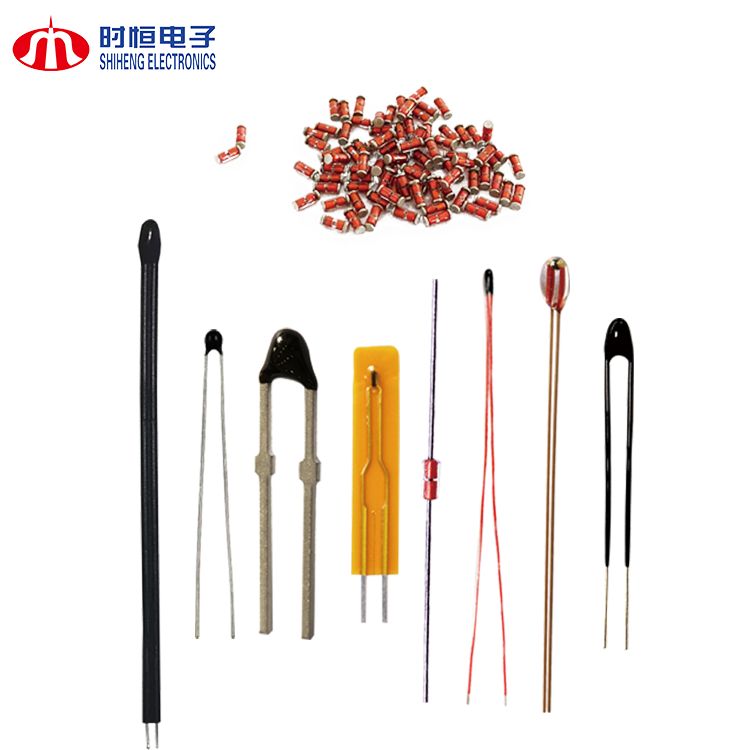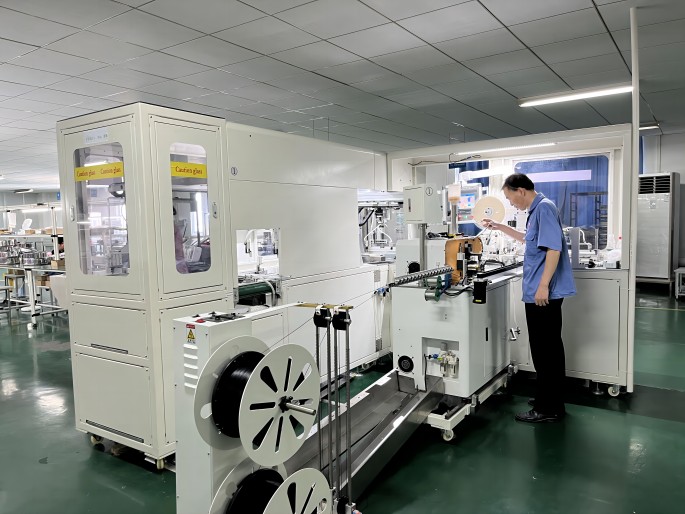NTC Thermistors: A Comprehensive Guide to Their Working Principles and Applications
Mar 12, 2025Have you ever wondered how modern electronics maintain precise temperature control? The answer lies in a small yet powerful component: the NTC (Negative Temperature Coefficient) thermistor. These temperature-sensitive resistors are essential in a wide range of applications, from consumer electronics to industrial systems. Let’s explore their working principles, applications, and how to choose the right one for your needs.
How Do NTC Thermistors Work?
NTC thermistors are made from semiconductor materials such as manganese, nickel, cobalt, and copper oxides. Their resistance decreases as temperature rises; a phenomenon known as the negative temperature coefficient effect. This behavior can be described by the following formula:
RT=R25* eB* (1/T − 1/T25)
Where:
This formula highlights the exponential relationship between resistance and temperature, making NTC thermistors highly sensitive to even minor temperature changes.

Key Applications of NTC Thermistors
1. Temperature Measurement: NTC thermistors are widely used in devices like thermostats, automotive sensors, and medical equipment to provide accurate temperature readings.
2. Overheating Protection: In power supplies, motors, and batteries, NTC thermistors detect excessive heat and trigger protective mechanisms to prevent damage.
3. Temperature Compensation: They are used in circuits to counteract temperature-induced performance drift, ensuring stability in devices like oscillators and amplifiers.
4. Automotive Systems: NTC thermistors monitor engine temperature, coolant levels, and HVAC systems, enhancing vehicle performance and safety.
5. Medical Devices: In applications like thermometers and blood analyzers, NTC thermistors provide precise temperature control for accurate diagnostics.

How to Choose the Right NTC Thermistor
Selecting the appropriate NTC thermistor requires careful consideration of several factors:
1. Temperature Range: Ensure the thermistor can operate within the required temperature limits.
2. B Value: Choose a B value that matches your application’s sensitivity requirements. Common values include 3000K, 3350K, and 3500K.
3. Resistance at 25°C: Select a thermistor with a resistance value suitable for your circuit design.
4. Encapsulation: Consider the environmental conditions (e.g., humidity, chemicals) and choose a robust encapsulation type like epoxy or glass.
5. Response Time: For applications requiring rapid temperature detection, opt for thermistors with shorter response times.
6. Cost and Availability: Balance performance requirements with budget constraints and ensure the thermistor is readily available.
Testing NTC Thermistor Performance
To ensure reliability, NTC thermistors should undergo rigorous testing:
• Resistance Measurement: Verify the thermistor’s resistance at room temperature using a multimeter.
• Temperature Response Test: Measure resistance at various temperatures to plot the temperature-resistance curve.
• Stability and Lifespan Testing: Assess long-term performance under repeated temperature cycles.
• Environmental Testing: Evaluate performance under conditions like humidity, vibration, and chemical exposure.

NTC thermistors are indispensable components in modern electronics, offering precise temperature sensing, reliable protection, and efficient control. By understanding their working principles, applications, and selection criteria, you can optimize their use in your designs.
Looking for high-quality NTC thermistors? Explore our certified range of products tailored to meet the demands of diverse industries. Let’s harness the power of NTC thermistors to build smarter, safer, and more efficient systems!